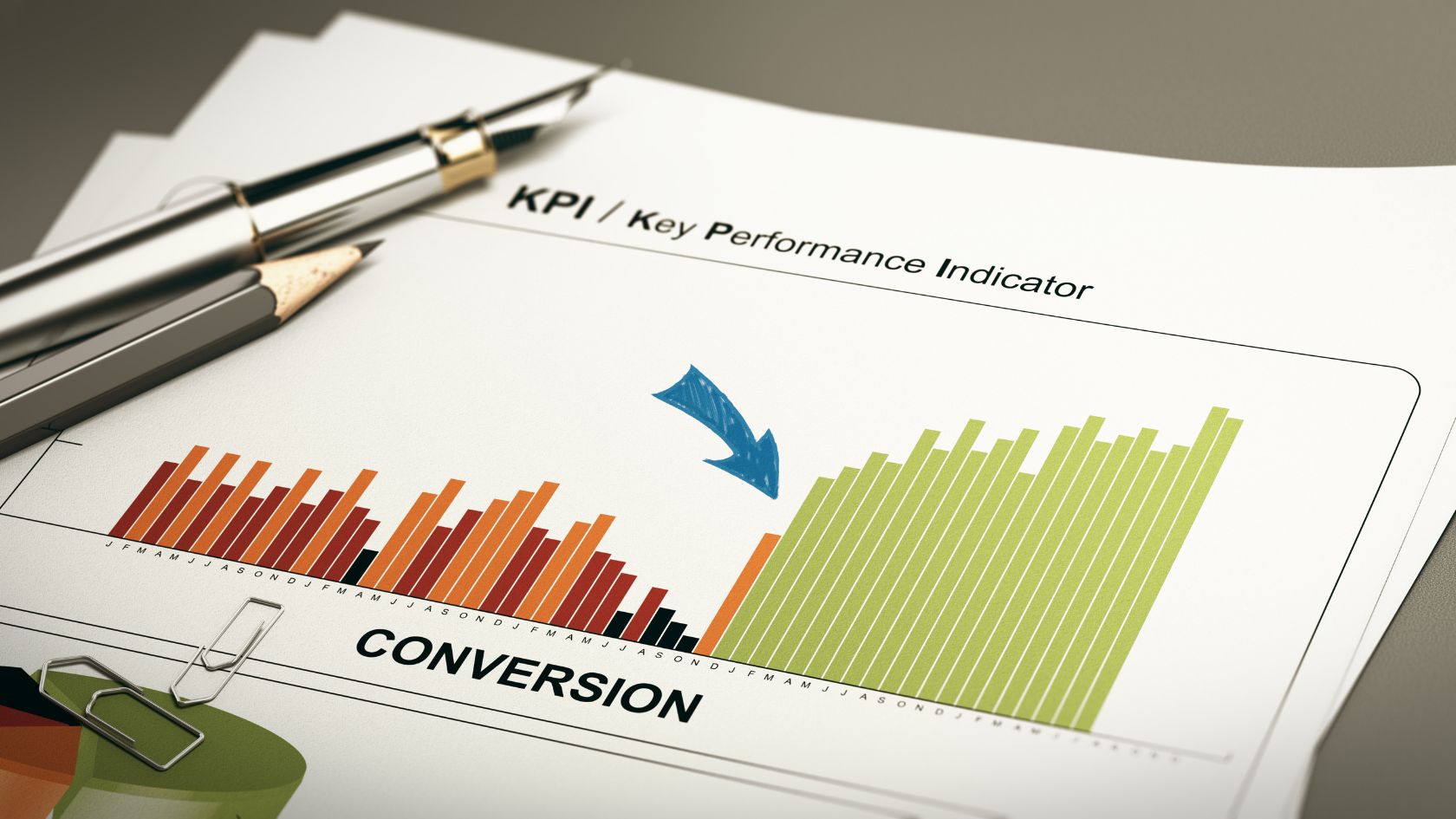
The Science of Affiliate Conversions: Data-Driven Strategies for 2025

The science of affiliate conversions has evolved dramatically in recent years, transforming from intuition-based marketing to a sophisticated discipline grounded in behavioral psychology, data analysis, and conversion optimization. Understanding the precise factors that influence purchasing decisions allows affiliate marketers to systematically improve their conversion rates and maximize revenue. This comprehensive guide explores the research-backed principles and practical strategies that drive successful affiliate conversions in today’s competitive digital landscape.
Understanding the Conversion Psychology Behind Affiliate Marketing
Successful affiliate marketing requires more than simply placing links on a webpage. It demands a deep understanding of the psychological triggers that influence purchasing decisions. Research in consumer behavior has identified several key psychological principles that directly impact affiliate conversion rates, including social proof, scarcity, authority, and reciprocity. By strategically incorporating these elements into your affiliate content, you can create a more persuasive environment that naturally guides visitors toward conversion.
Key Insight: Studies show that affiliate content incorporating multiple psychological triggers (social proof + scarcity + authority) can achieve conversion rates up to 3.5x higher than content using a single trigger or none at all.
The Conversion Funnel: Mapping the Affiliate Customer Journey
To optimize affiliate conversions, you must first understand the typical customer journey:
1. Awareness Stage
At this initial phase, potential customers become aware of a problem or need. Your role as an affiliate is to:
- Create content that addresses specific pain points
- Establish credibility through expertise and authentic communication
- Introduce relevant solutions without pushing for immediate conversion
- Capture interest through compelling headlines and introductions
2. Consideration Stage
During this critical middle phase, prospects evaluate potential solutions. Your affiliate strategy should:
- Provide detailed comparisons between competing products
- Offer genuine pros and cons to build trust
- Present case studies and specific use cases
- Address common objections preemptively
3. Decision Stage
At this final stage, prospects are ready to make a purchase. Your conversion elements should:
- Create urgency through limited-time offers or bonuses
- Reinforce value proposition and unique benefits
- Provide clear, compelling calls to action
- Remove friction from the purchasing process
- Offer reassurance through guarantees and social proof
| Funnel Stage | User Intent | Content Type | Conversion Elements |
|---|---|---|---|
| Awareness | Information seeking | Educational content, guides, how-tos | Email opt-ins, content upgrades |
| Consideration | Evaluation and comparison | Reviews, comparisons, case studies | Product demos, free trials |
| Decision | Purchase ready | Detailed reviews, buying guides | Strong CTAs, bonuses, guarantees |
Data-Driven Conversion Rate Optimization for Affiliates
The most successful affiliate marketers rely on systematic testing and optimization rather than assumptions:
1. Establish Your Conversion Baseline
Before implementing changes, document your current performance metrics:
- Click-through rate (CTR): Percentage of visitors who click your affiliate links
- Conversion rate: Percentage of clicks that result in completed transactions
- Earnings per click (EPC): Average revenue generated per affiliate link click
- Average order value (AOV): Typical purchase amount through your links
Affiliate Conversion Rate = (Number of Sales / Number of Clicks) × 100
2. Identify Conversion Bottlenecks
Use analytics to pinpoint where potential customers drop off:
- Content engagement metrics: Time on page, scroll depth, bounce rate
- Click mapping: Which links receive attention and which are ignored
- Device and platform analysis: How performance varies across contexts
- Traffic source evaluation: Which channels deliver the highest-converting visitors
3. Implement strategic testing methodologies for continuous improvement
Apply scientific testing approaches to optimize conversion elements:
- A/B testing: Compare two versions of a single element (headline, CTA, etc.)
- Multivariate testing: Test multiple elements simultaneously to find optimal combinations
- Heat mapping: Visualize user interaction patterns to optimize layout and placement
- User testing: Gather qualitative feedback on the purchasing experience
Case Study: Affiliate Conversion Optimization
A finance blogger implemented systematic CRO for their credit card comparison page:
- Baseline: 2.3% conversion rate, $1.85 EPC
- Testing: Conducted 12 A/B tests over 60 days
- Optimizations: Improved comparison table, added video reviews, implemented social proof elements, refined CTAs
- Results: 4.7% conversion rate (104% increase), $3.92 EPC (112% increase)
High-Impact Conversion Elements for Affiliate Content
Research has identified specific content elements that consistently drive higher affiliate conversion rates:
1. Strategic Positioning of Affiliate Links
Link placement significantly impacts click-through rates:
- Above-the-fold placement: Ensure key links appear without scrolling
- Contextual integration: Place links within relevant content sections
- Multiple touchpoints: Include links at various decision points
- Button vs. text links: Test different formats for optimal engagement
- Link density optimization: Find the balance between too many and too few links
2. Persuasive Content Frameworks
Structure your affiliate content using proven persuasion models:
- Problem-Agitation-Solution (PAS): Identify a problem, amplify the pain, present the affiliate product as the solution
- Before-After-Bridge (BAB): Describe the current situation, paint the picture of a better future, explain how the product bridges the gap
- Features-Advantages-Benefits (FAB): List product features, explain their advantages, emphasize the concrete benefits to the user
- AIDA (Attention-Interest-Desire-Action): Capture attention, build interest, create desire, prompt action
3. Trust-Building Elements
Establish credibility to overcome purchase hesitation:
- Transparent disclosure: Clearly state affiliate relationships
- Personal experience: Share authentic experiences with products
- Comparison integrity: Include both pros and cons for all products
- Social validation: Incorporate user reviews and testimonials
- Authority signals: Demonstrate expertise and knowledge
4. Visual Conversion Triggers
Leverage visual elements to enhance persuasiveness:
- High-quality product images: Show products from multiple angles
- Demonstration videos: Showcase products in action
- Comparison tables: Enable easy feature and price comparison
- Visual hierarchy: Guide attention to key conversion elements
- Directional cues: Use arrows, human gaze, or pointing to direct attention
Advanced Conversion Optimization Techniques
Take your affiliate conversion strategy to the next level with these sophisticated approaches:
1. Personalization and Segmentation
Tailor the affiliate experience to different visitor segments:
- Traffic source segmentation: Customize landing pages based on referral source
- Behavioral targeting: Adapt content based on previous interactions
- Demographic personalization: Adjust recommendations for different audience segments
- Intent-based optimization: Align content with visitor search intent
2. Competitive intelligence tools for conversion advantage
Leverage competitor insights to refine your approach:
- Competitor conversion analysis: Study successful affiliate sites in your niche
- Gap identification: Find underserved segments or approaches
- Unique value proposition development: Create distinctive positioning
- Conversion element benchmarking: Compare your tactics against industry standards
3. Micro-Conversion Optimization
Focus on the small steps that lead to final conversions:
- Content engagement: Optimize for time on page and scroll depth
- Interactive elements: Implement calculators, quizzes, or comparison tools
- Progressive disclosure: Reveal information in digestible segments
- Micro-commitments: Encourage small actions before the main conversion
Affiliate Conversion Optimization Checklist
- Value-first approach: Does your content provide genuine value before pushing for conversion?
- Clear differentiation: Have you clearly explained why one product might be better than another for specific needs?
- Conversion tracking: Are you measuring performance at each stage of the funnel?
- Mobile optimization: Is your affiliate content fully optimized for mobile users?
- Page speed: Have you optimized loading times to prevent abandonment?
- Trust signals: Are you incorporating sufficient credibility elements?
- Call to action clarity: Are your CTAs compelling and action-oriented?
- Objection handling: Have you addressed common concerns preemptively?
- Testing schedule: Do you have a systematic plan for ongoing optimization?
Measuring and Analyzing Affiliate Conversion Success
Implement comprehensive tracking to continuously refine your approach:
1. Essential Metrics for Affiliate Conversion Analysis
Monitor these key performance indicators:
- Conversion rate by traffic source: How different channels perform
- Conversion rate by device: Desktop vs. mobile performance
- Conversion rate by content type: Which formats drive the most sales
- Affiliate link CTR: Percentage of visitors who click affiliate links
- Earnings per visitor (EPV): Average revenue per site visitor
- Return on investment (ROI): Revenue relative to content creation costs
2. Attribution Modeling for Affiliate Marketers
Understand the full customer journey:
- Multi-touch attribution: Credit multiple touchpoints in the conversion path
- First-click vs. last-click: Analyze different attribution models
- Assisted conversions: Identify content that supports but doesn’t directly convert
- Cross-device tracking: Follow user journeys across multiple devices
3. Conversion Lift Analysis
Quantify the impact of your optimization efforts:
- Before/after comparison: Measure performance changes after implementation
- Statistical significance testing: Ensure results aren’t due to random chance
- Segmented analysis: Identify which audience segments respond best to changes
- Long-term impact assessment: Monitor sustained performance over time
Conclusion
The science of affiliate conversions combines psychological principles, data analysis, and systematic optimization to create a powerful revenue-generating system. By understanding the customer journey, implementing strategic testing, and continuously refining your approach based on performance data, you can significantly increase your affiliate conversion rates and maximize your earnings.
Remember that successful affiliate marketing is ultimately about creating genuine value for your audience. When you focus on solving real problems and providing trustworthy guidance, conversions follow naturally. Apply the strategies outlined in this guide, maintain a commitment to data-driven optimization, and you’ll develop affiliate content that consistently converts at industry-leading rates.